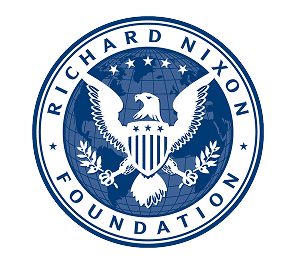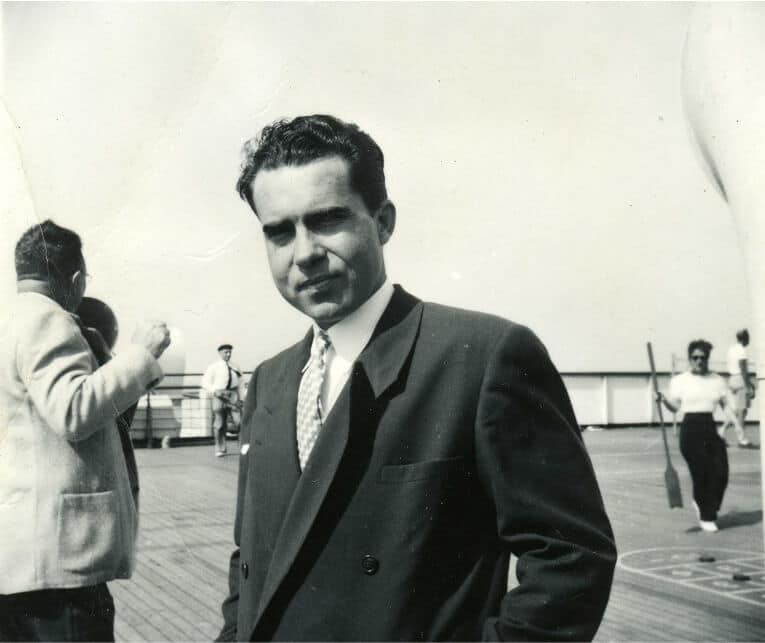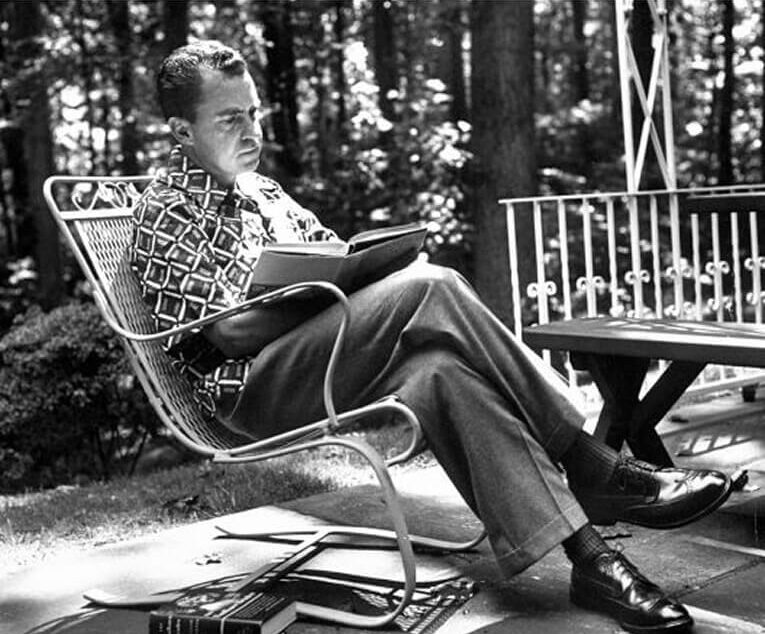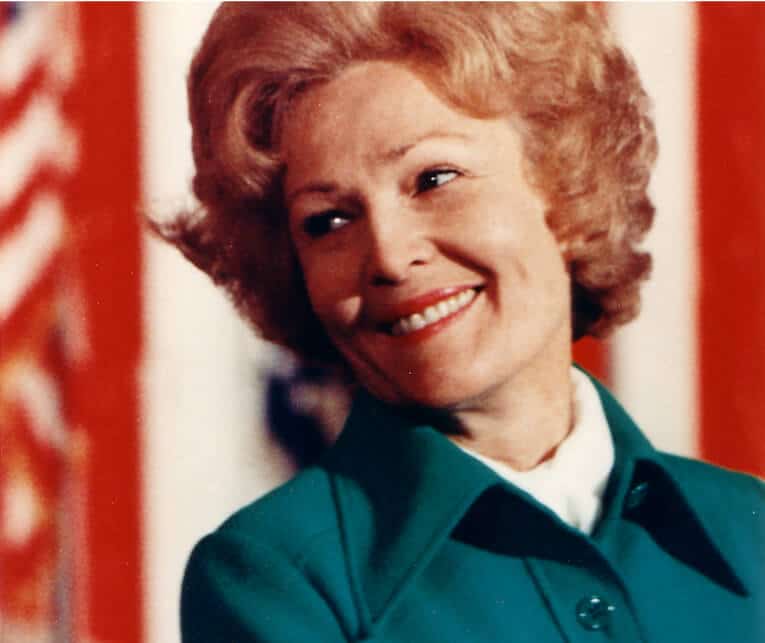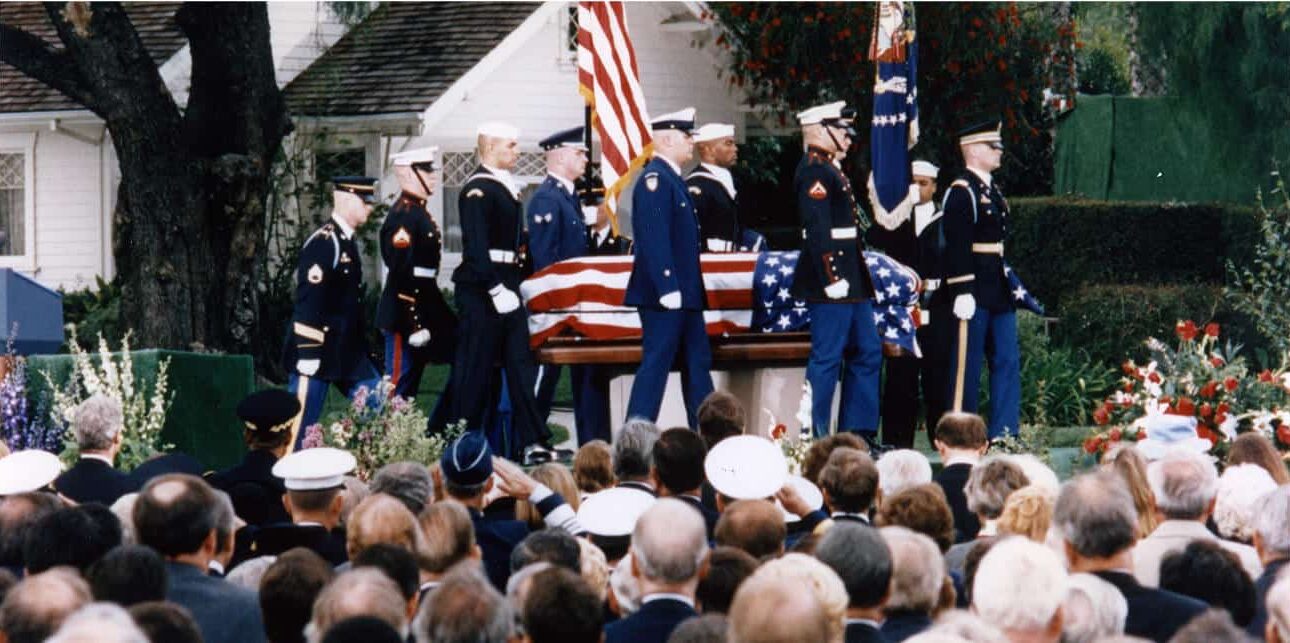-
Open 10am - 5pm
7 days a week -
18001 Yorba Linda Blvd,
Yorba Linda, CA 92886 -
714.993.5075
info@nixonfoundation.org
- Open 10am - 5pm 7 days a week
- 18001 Yorba Linda Blvd, Yorba Linda, CA 92886
- 714.993.5075
- info@nixonfoundation.org
